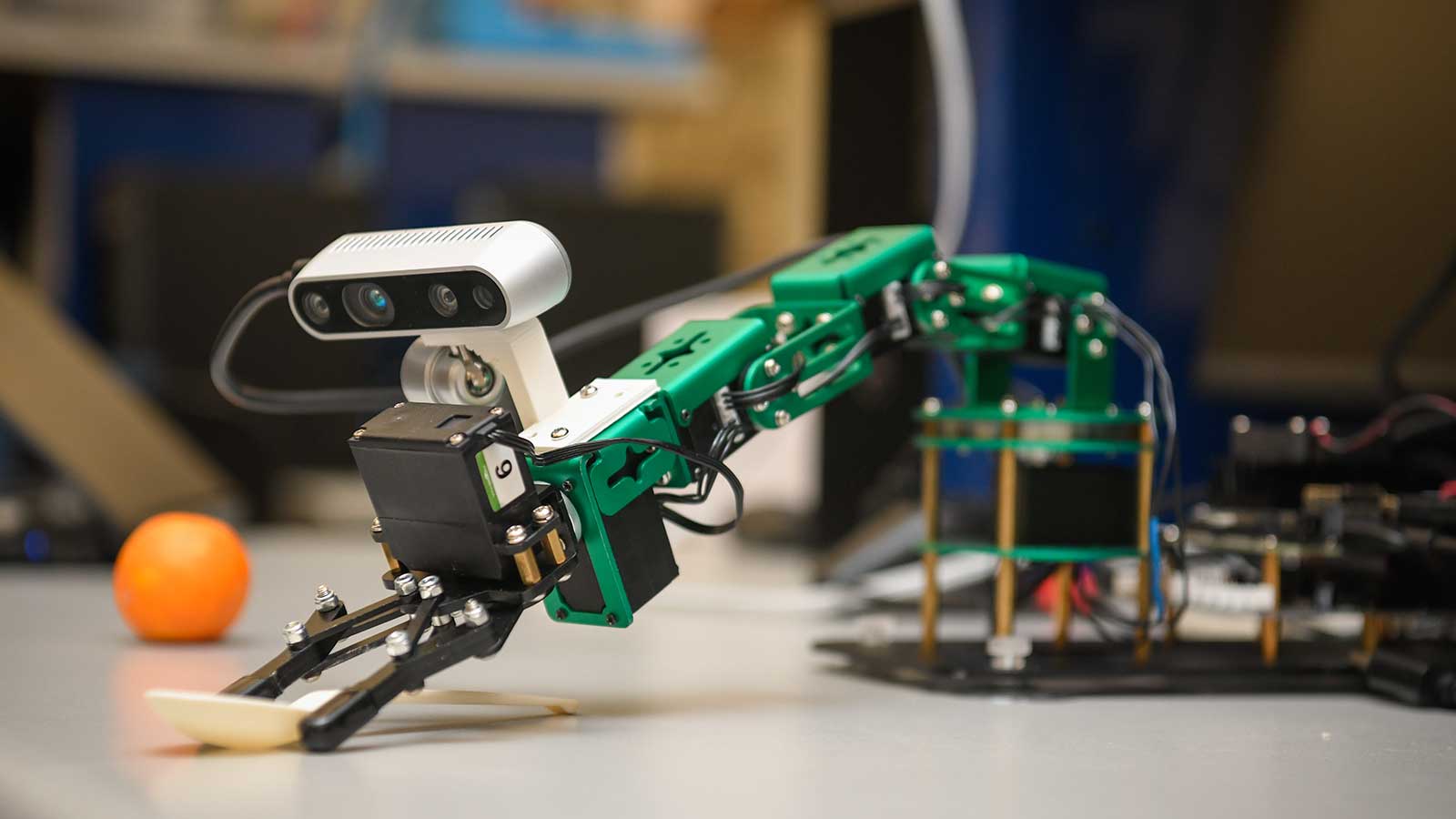The Bench Team Chronicle
Insightful news and updates from the world of sports and teamwork.
Robot Revolution: Are We Ready to Share Our World?
Explore the future of humanity and machines! Are we ready for a robot revolution? Discover the risks and rewards that lie ahead.
The Future is Now: Exploring the Impacts of Robot Integration in Daily Life
The integration of robots into our daily lives is no longer a concept confined to science fiction; it is a reality that is rapidly evolving. From automated household assistants to advanced manufacturing systems, robots are reshaping the way we interact with technology and each other. As industries adopt these intelligent machines, tasks that once required significant human effort are now being streamlined, allowing for greater efficiency and productivity. Moreover, the emergence of robotics and automation not only enhances operational capabilities but also transforms job roles, calling for a workforce that is increasingly adaptable and tech-savvy.
As we continue to embrace this robotic revolution, it's essential to consider the potential impacts on society. For instance, robots are playing a crucial role in fields such as healthcare, where they assist in surgeries, patient care, and even logistics within hospitals as detailed in recent studies. This technology offers benefits like increased precision and reduced recovery times for patients. However, it also raises questions about job displacement and ethical considerations surrounding privacy and security. The future, indeed, is now, and how we navigate these changes will shape the effectiveness and acceptance of robots in our everyday lives.

Are We Prepared for a Robotic Workforce? Key Challenges and Solutions
The emergence of a robotic workforce presents both exciting opportunities and significant challenges for various industries. As robots take on tasks traditionally performed by humans, concerns arise regarding job displacement, skill gaps, and workforce readiness. According to a report by McKinsey & Company, up to 375 million workers may need to switch occupational categories by 2030, highlighting the urgency of preparing the workforce for this shift.
To address these challenges, both educational institutions and businesses must invest in re-skilling and up-skilling programs that equip workers with the necessary skills for a technology-driven environment. Implementing collaborative robotics solutions, fostering human-robot collaboration, and designing human-centric workspaces can help mitigate job loss fears. By embracing these transformations, societies can not only adapt to the changes but also leverage the benefits of a robotic workforce.
Beyond Science Fiction: How Robots are Changing Our Relationships and Society
The rise of robotics in daily life is shifting the landscape of human interaction, merging science fiction with reality. From healthcare to personal assistance, robots are becoming integral in not just performing tasks but also in enriching emotional and social connections. For instance, robotic companions like Elderly Care Robots are designed to provide comfort and companionship, addressing feelings of loneliness and isolation. As these innovations evolve, they challenge traditional concepts of relationships, leading us to question the very fabric of human connections in a robotic age.
Moreover, the impact of robots extends beyond individual relationships to societal structures. In workplaces, robots are streamlining processes, leading to improved efficiency and productivity. However, this shift raises critical discussions about the future of work and human roles. According to a report by McKinsey & Company, automating certain tasks can free humans to engage in more complex problem-solving or creative pursuits. But it also necessitates a collective reevaluation of our workforce dynamics and how we establish value in a world increasingly shared between humans and machines.